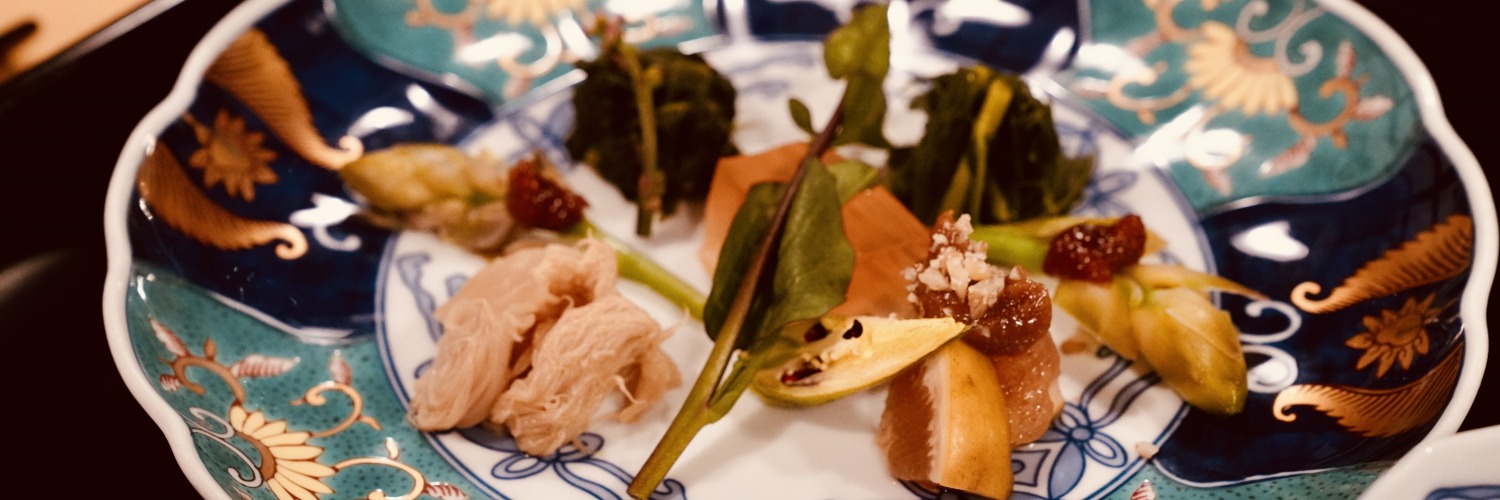Sansai Ryori Dewaya: A Reflection of the Finest Local Produce
In a rural part of Yamagata, tucked away beside the looming Mount Gassan, is one of Japan's most creative and under-the-radar culinary experiments. Sansai Ryori Dewaya (or just Dewaya for short), a ryokan (inn) and restaurant run by husband and wife team Haruki and Yumi Sato, has been in their family for four generations, now, and is leading the way in locally sourced ingredients and a cuisine connected deeply with the environment and in the hearts and minds of the local people.
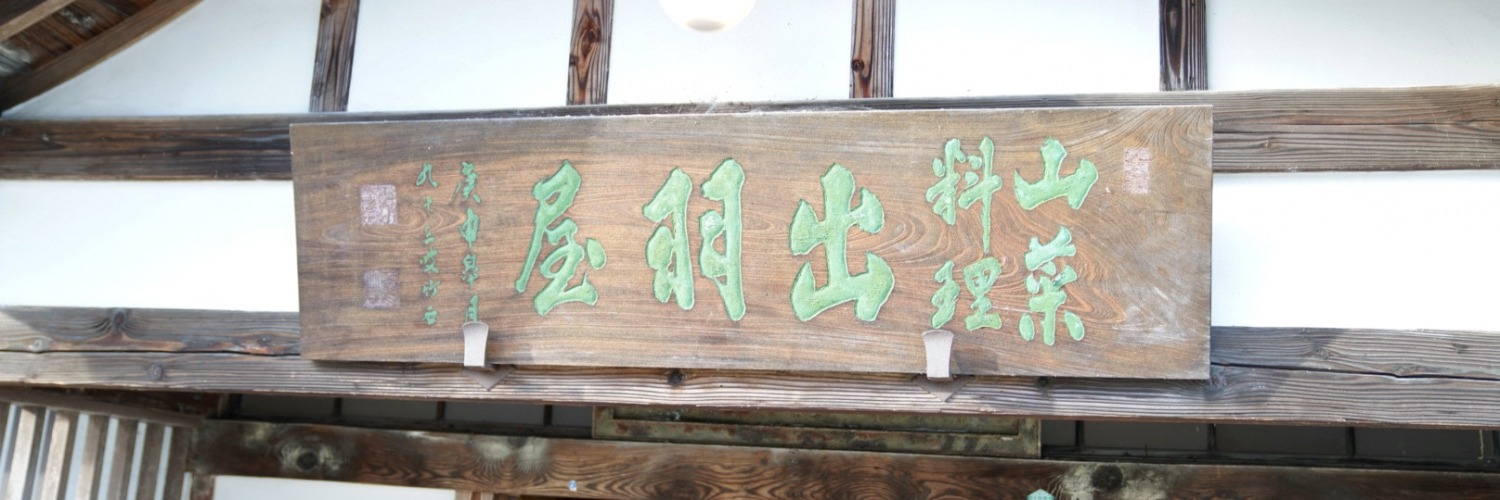
Mount Gassan is one of the mountains which constitutes the legendary and sacred Dewa Sanzan Mountains (the others being Mount Haguro and Mount Yudono) and is used as a kind of free pantry for the Sato family. Dewaya works on the premise of foraging for whatever is in season and in favor from the mountain and Haruki Sato is an expert in finding the freshest and most delicious produce for his legion of regular and loyal patrons.
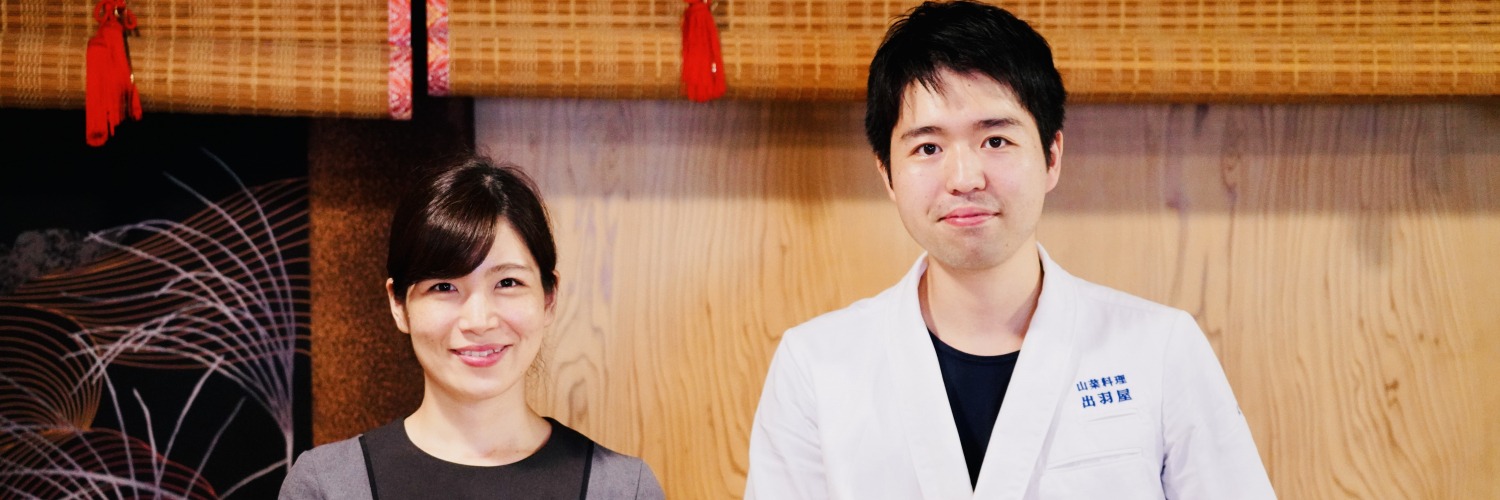
With other members of the Sato dynasty working in the Dewaya complex, this is very much a family affair. The Dewaya dining room is situated on the second floor of this very historic and beautiful structure. After navigating an array of long and maze-like corridors, visitors are led to the upper floor where they enter a small but cozy restaurant and one which isn't replicated anywhere else in the world.
Foraging has become something of a trend in culinary circles with Scandinavia and northern Europe leading the way with restaurants such as Copenhagen's Noma, Oslo's Maaemo and Kadeau Bornholm in Aakirkeby in Denmark earning all kinds of accolades. Dewaya, on the other hand, has been cultivating the art of foraging for decades and the confidence and artisanal level of cooking on display here is testament to Sato's talent and belief in his regional cuisine.
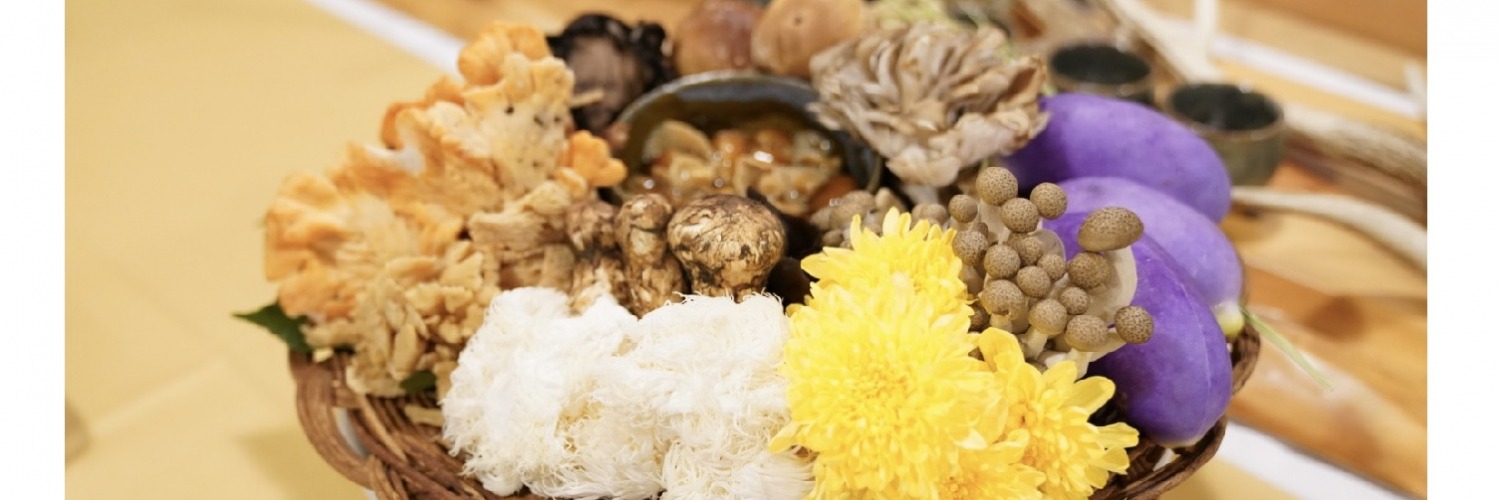
In this specific tour, participants experience the wilds of Mount Gassan with professional mountain guide and forager Yasuo Shibuya. In his 70s now, Shibuya has been walking these mountains for decades and knows them like the back of his hand. His daily finds usually make their way into the kitchen of Dewaya and the Sato clan and Shibuya have had a long-standing and fruitful relationship. Shibuya explains that due to the heavy snowfall in the area of Nishikawa-machi, where Dewaya is located, the spring water which comes from the melting snow is extremely pure which is why the Sato family and Shibuya refer to Mount Gassan as their "natural refrigerator," where there is an abundance of mushrooms, bear meat and sansai (mountain vegetables). As Shibuya nears retirement, he is passing on his knowledge about the mountains and foraging to the Sato family in the hope that they will keep this age-old tradition alive. Participants will have the opportunity to traverse the mountains with Shibuya and then take their natural bounty back to the kitchen at Dewaya where Sato will cook this feast in front of your very eyes. It's a once-in-a-lifetime opportunity where you can experience the water, air and cuisine of Mount Gassan with all five senses and an experience to be forever cherished.
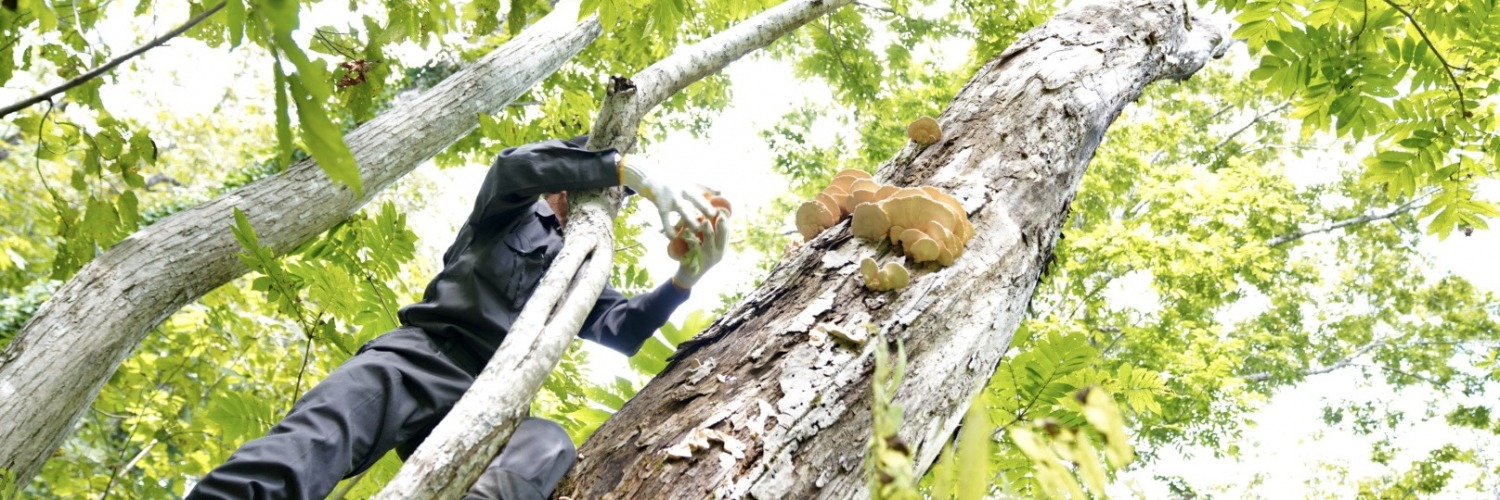
There are a lot of mushrooms being used at Dewaya. It seems that every possible variety appears on the expansive and multi-course menu. "Arrive hungry" is some of the best advice before coming to this part of Yamagata. With hiratake, tamogitake, tobitake and yamabushitake mushrooms being used in only the first few courses, it sets a precedent for what is about to come. Dried persimmons with cream cheese, rokujotofu (thin strips of tofu mushrooms), yukishitaninjin (snow town carrots) and so much more, Dewaya is a serious destination for serious foodies. Prepare to experience food and textures that you didn't really know existed.
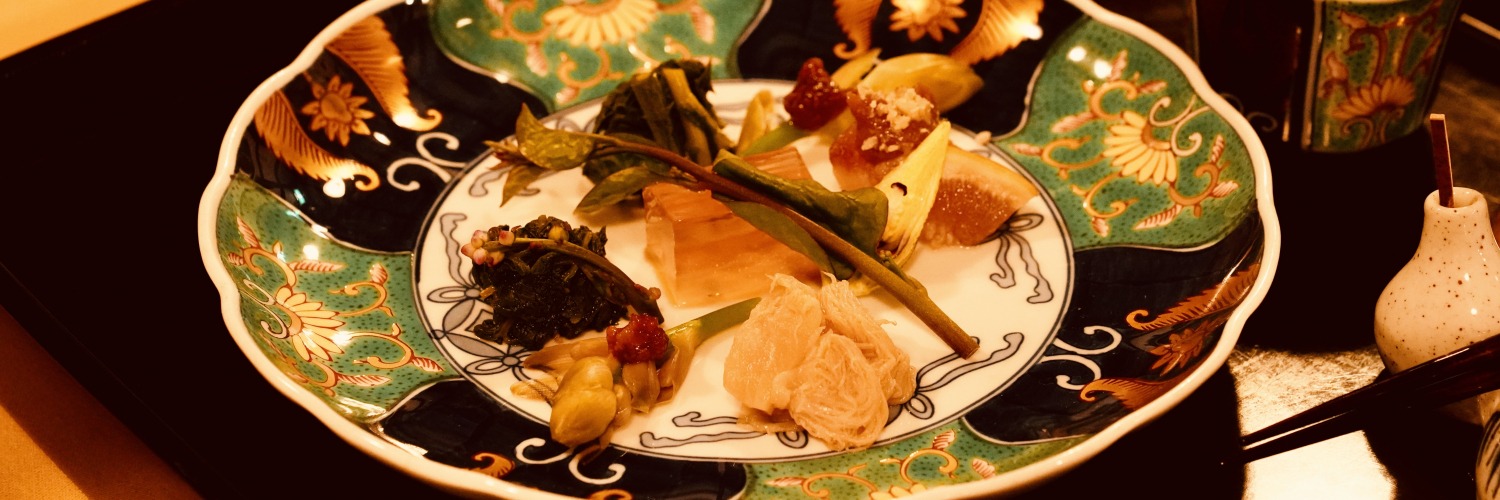
Dewaya, although historic and showing a deep understanding and appreciation of history, culture and tradition, is also a forward-looking restaurant. With an emphasis on sustainability and the environment, even the place mats used at Dewaya are made from marron (chestnut) skin and washi (Japanese paper) rather than plastic and throughout the twelve course meal guests can feel a tangible appreciation for domestic and local produce and food ideology.
Haruki Sato grew up watching his grandfather (a former proprietor of Dewaya) do the cooking, before eventually learning his trade as a chef at a Tokyo restaurant. Haruki is the sole cook with his charming wife Yumi acting as front of house, and the younger sister Akina in charge of the kitchen. It's very much a family-oriented business and if you're lucky enough to reserve a seat at the chef's table you can observe Sato cooking literally in front of you. With a zen-like calmness and tranquility, he acts more like a Buddhist monk than the usual stereotype of hot-headed chef. Graceful and quiet, Sato and his wife run a perfect dining room with servers entering and leaving without any fuss. Although Dewaya places emphasis on seasonal local vegetables and fruit, it does use fish and meat (as long as they are in season and caught locally). Ayu (riverfish), duck, wild game (like deer) and even bear meat can be found on the menu. Sato emphasises that bear meat is best eaten in the autumn or winter (as summer-caught bears can have an unpleasant fragrance and displays that bear fat can actually taste quite sweet which can be surprising for some diners.)
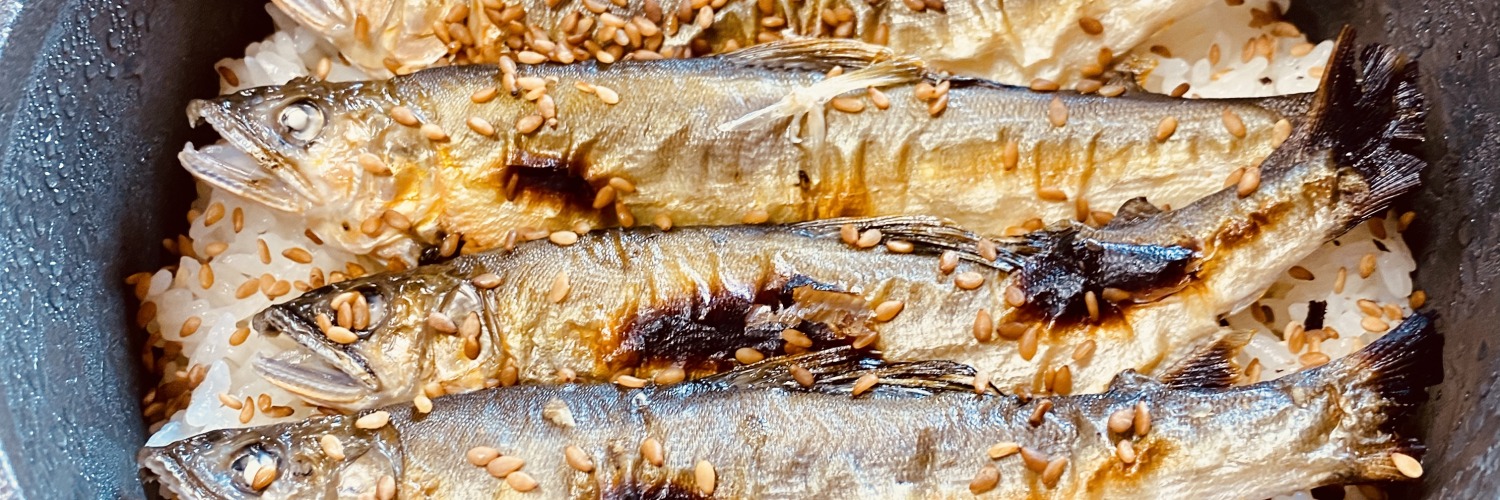
Dewa was the former name for the Akita and Yamagata area of Japan, and Dewaya takes its link to the past very seriously. Around 60 years ago, Sato’s grandfather invented sansai ryori, food based on the local, edible mountain vegetables. Following his travels around Japan, he realised Mt. Gassan’s ingredients were not only the best in Japan, but suitable for the mountain monks (unable to eat meat or fish) who would visit Dewaya. Mountain vegetables are still very much on the menu here and according to Sato, it's about living in and respecting the local area, something which he does with great poise and courtesy.
https://www.wondertrunk.co/news/6492/
By Paul McInnes(Japan Travel )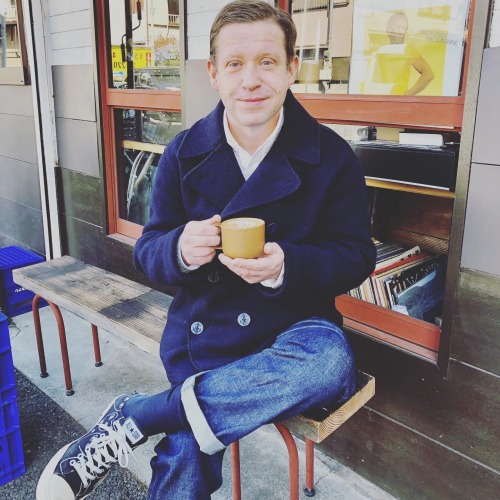
Tokyo-based journalist and travel writer.
